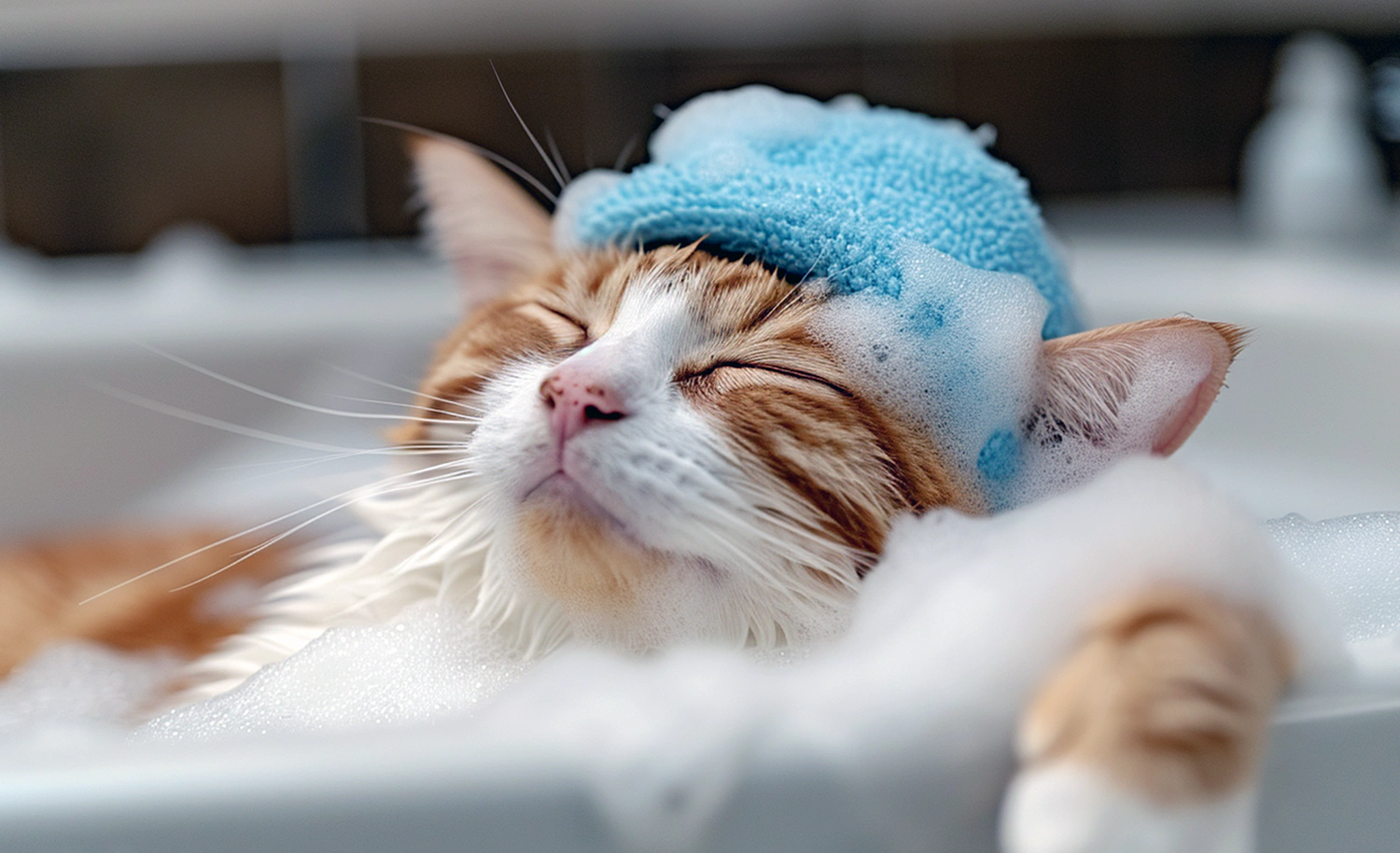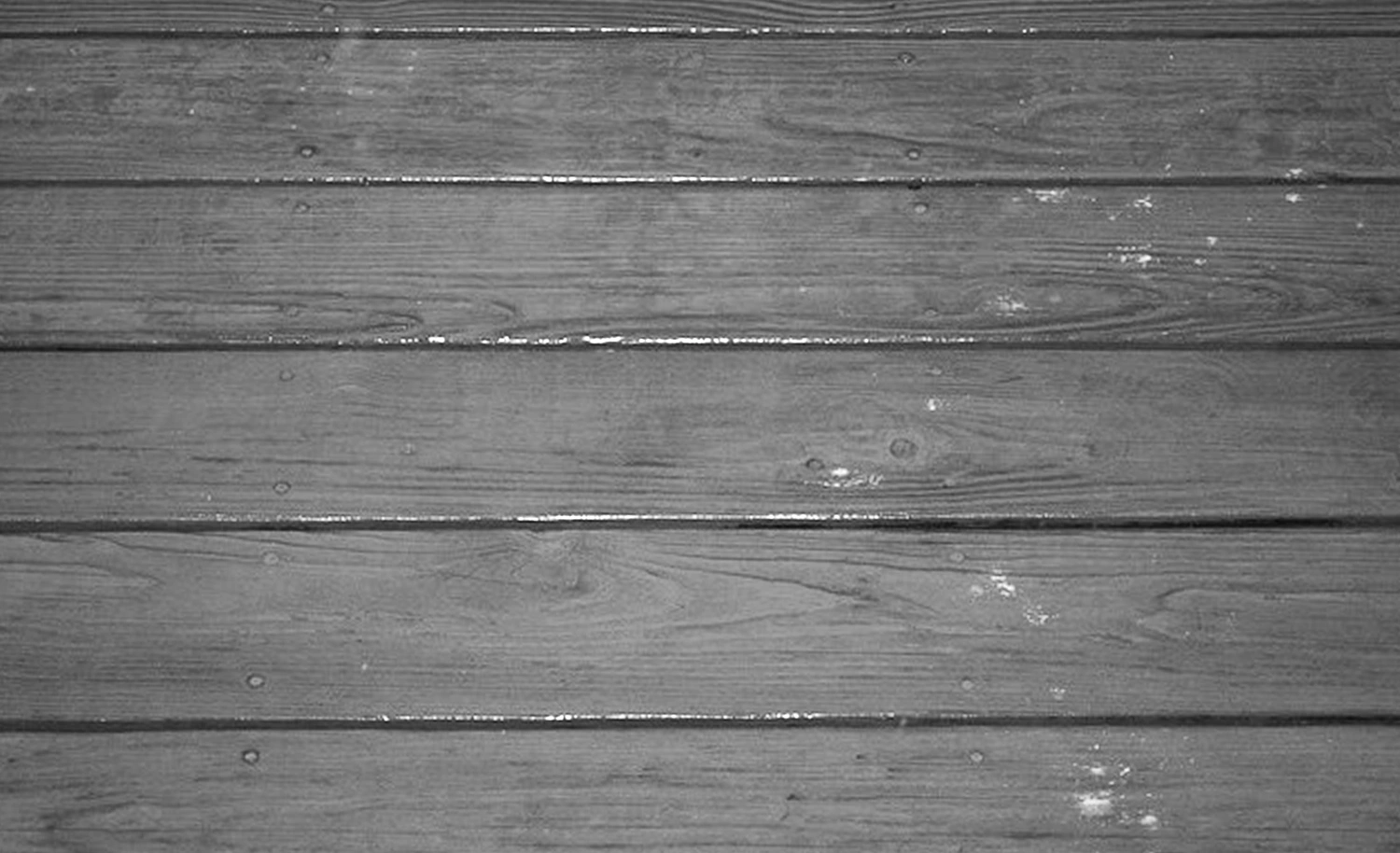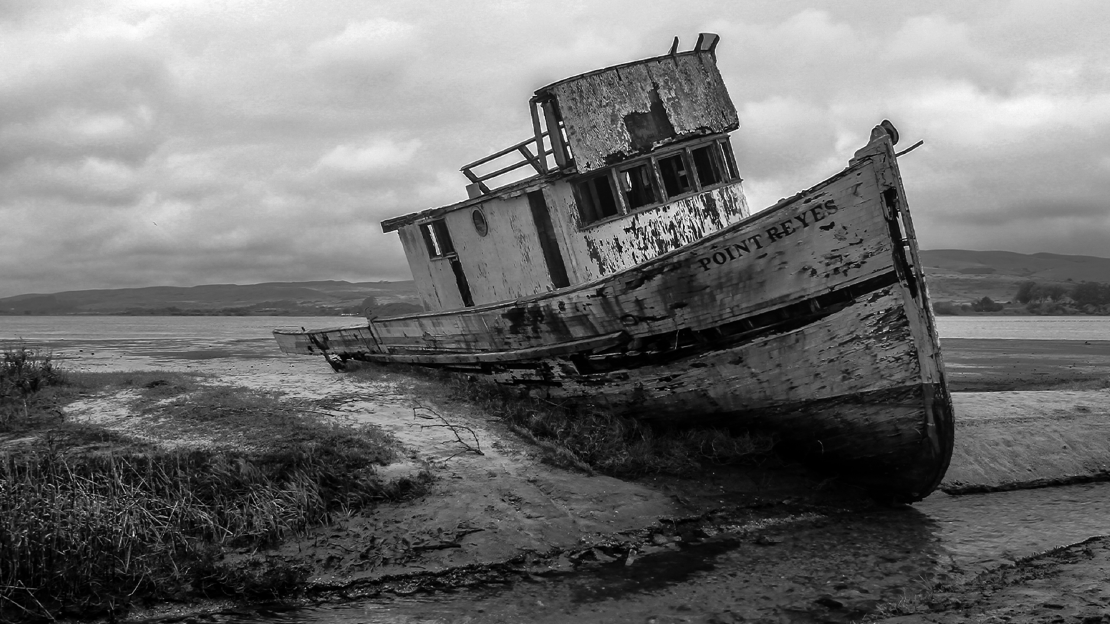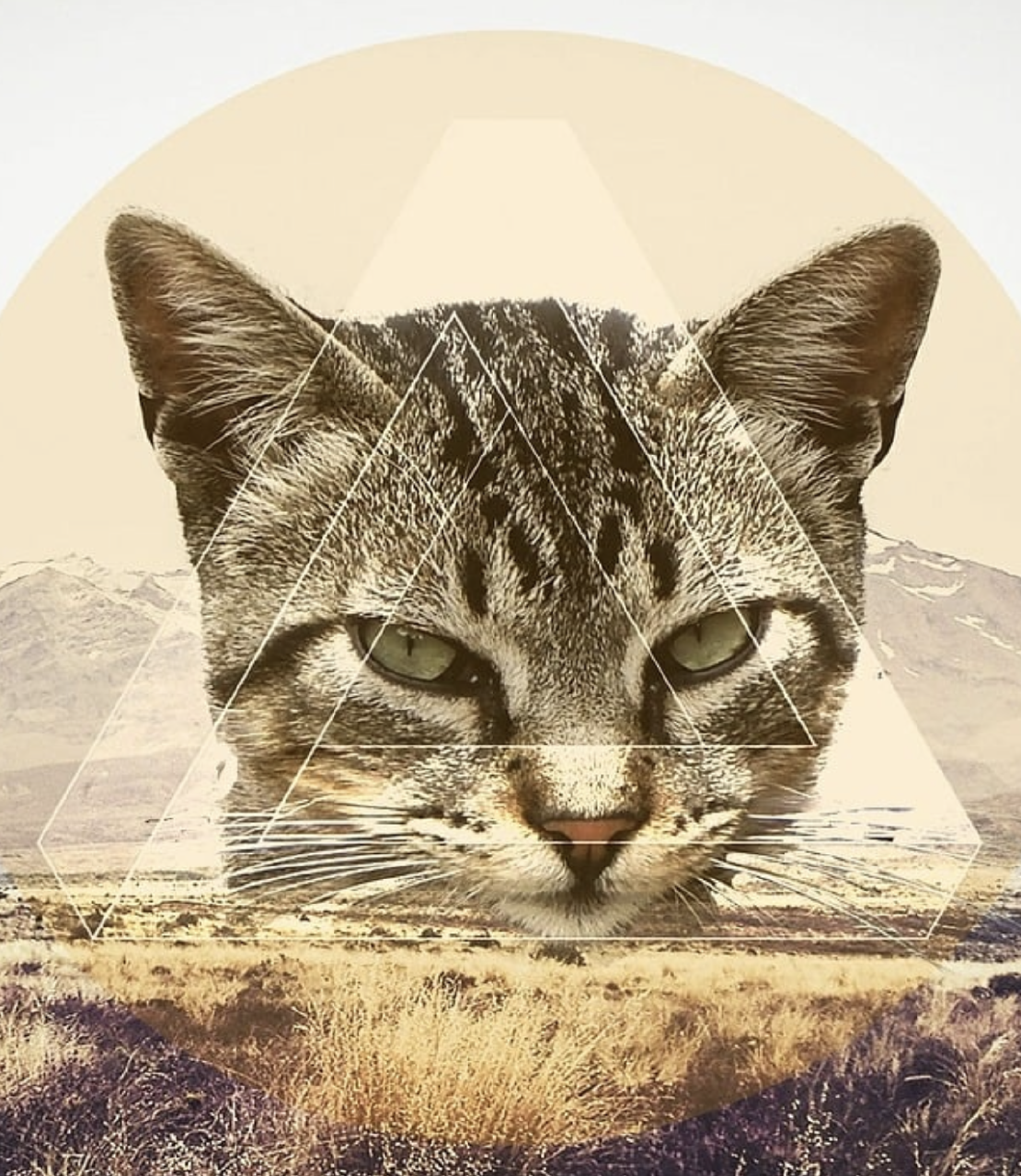What is a cache? How do you pronounce the word correctly? And why do I always see outdated versions on my website? We have answers.
What is a Cache?
A cache (pronounced: cash) helps your browser (the thing you are currently viewing this text with) to do less work. It works like this: the first time you visit a website, your browser downloads and stores all files it finds on the website onto your hard drive. If you then visit the page a second time, the image – let’s call it cat-content.jpg – is already on your hard disk. Alas. In the so-called cache storage. So your browser does not need to establish a connection with the server in America and load the cat image via the Atlantic line.


Sounds … erm, great?!
Exactly. It is. The problem only arises if the image is swapped, but it’s name remains the same. Then your browser thinks he already downloaded cat-content.jpg and shows you an old image. If you’re working on a new website and constantly change images, that’s not good.
Testing Caches
It is therefore essential to clear the cache regularly, especially during the test phase. We recommend that you use a different browser to inspect your own website than you normally use to surf the web. This will ensure that the website tests do not interfere with your other online-life.
To be clear
Here are the links to some individual browsers and how to clear their cache:
Edge
We hope you find your browser in the list above. Otherwise, we recommend a quick search with the keywords: Clear Tor Browser Cache 🥸. And yes – according to Phil Karlton, there are only two really hard things in computer science:
invalidating caches and naming things.
The first one hopefully isn’t a problem for you anymore.





